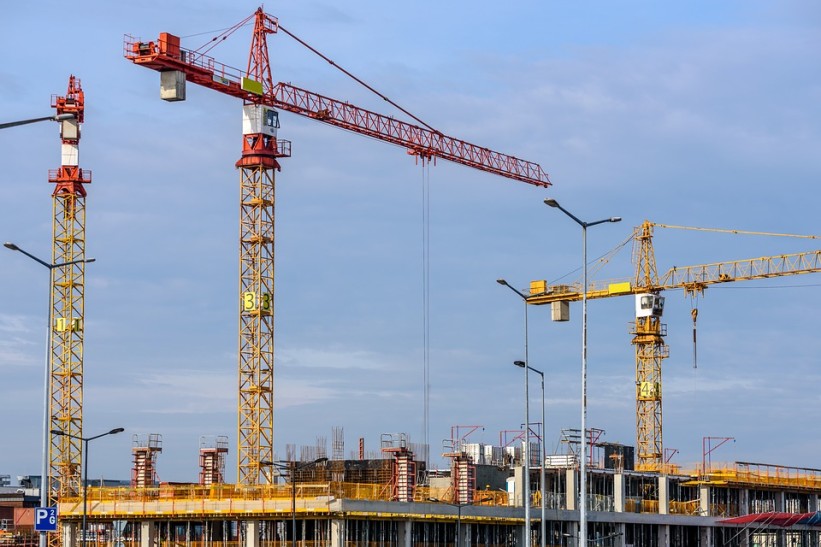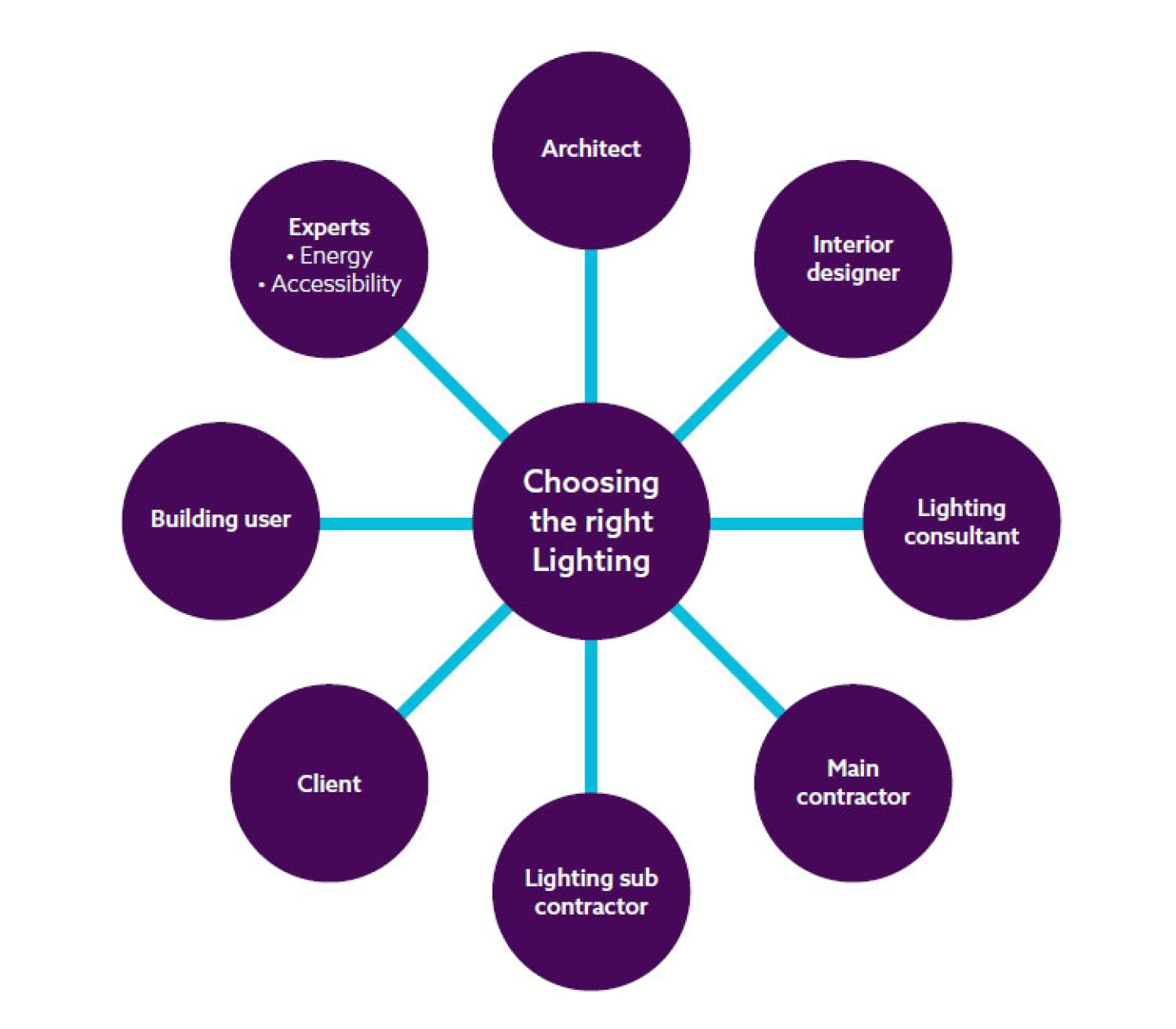
Digital Construction Report 2025
15 October 2025
From AI to BIM: the data behind construction’s digital shift. Download now to discover where the ...
30 March 2017 | By David Bain
NBS Research Manager, David Bain, explores how NBS can help manufacturers build lasting relationships with specifiers.

In the What Specifiers’ Want 2017 report some key themes are identified including: product substitution, selection criteria and relationships. It’s also clear that specifications continue to be essential project documents, uniquely providing the detailed technical information required to realise design intent.
We find that specifiers and manufacturers have some shared goals: they both want to reduce substitution and both value strong relationships. In the case of specifiers, they:
“As well as advice tailored for a particular project, designers are making use of BIM objects for a wide range of products, from windows or doors to furniture, roofs, finishes, drainage and solar panels.”
We also know that manufacturers:
Many specifiers will be very confident in certain aspects of construction and in choosing the right product for a particular situation. But not always. We hear that specifiers often rely on experts in a particular field, and who better than the manufacturer who designs and makes that particular product? Support from manufacturers is essential to specifiers. In fact, 70% of survey respondents agreed that specification works best when manufacturers are involved at an early stage. It helps them to specify more quickly, to choose the right product and to specify it correctly. This can help to reduce errors or ambiguities which, in turn, makes the project more efficient, hopefully reducing cost: it’s better for everyone.
A more accurate specification may also reduce the likelihood of substitution as the contractor has all the information that they need to use that product. Whereas if the specification has gaps or specifies a discontinued product, they may revert to a different product they know they can get, from a different manufacturer.
Manufacturer support to specifiers can take different forms: for example, at the concept design stage, this could take the form of collaborative design for bespoke cladding systems. Or, in response to a designer’s enquiry, the manufacturer may provide a completed project specification, such as for masonry support systems. As well as advice tailored for a particular project, designers are making use of BIM objects for a wide range of products, from windows or doors to furniture, roofs, finishes, drainage and solar panels – to name a few. But the emphasis is on providing useful information, when it’s needed: what specifiers don’t want is the hard sell.
“Around half of specifiers want to know whether products are manufactured in a way that is environmentally sustainable, and their sustainability credentials in use.”
Our survey shows that the support provided by manufacturers is a factor when specifiers are considering which product to choose (68% said this). And 78% stated that the relationship with, and previous experience of, the manufacturer or product also forms part of the decision. This further demonstrates the importance of the relationship between manufacturer and specifier, but the type of support and information provided is important too. So what do specifiers need?
Performance and compliance with standards are, of course, critical factors. Pricing information is also useful, as well as guarantees and information about product maintenance.
Around half of specifiers want to know whether products are manufactured in a way that is environmentally sustainable, and their sustainability credentials in use. Forty-eight percent also consider delivery times.
We’ve seen that strong relationships already exist between some manufacturers and specifiers, but this could be better, for all parties. Eighty percent of survey respondents think that better communication between consultants, contractors and manufacturers is needed.
But is the same information required by all specifiers, for all products, on every project?
When we ask designers what criteria are most important when they choose products, the most common answer we get is: ‘It depends’. It depends on the product, on the project, and who the decision-maker is.
The criteria when choosing lighting will be different to those for drainage systems. The priorities when specifying lighting in a luxury hotel might be aesthetics and creating a welcoming environment, rather than achieving the lowest levels of energy consumption. Architects may consider the overall design intent and aesthetics are often a large part of that; engineers may be more concerned with performance and function. I may be playing on stereotypes a little here but what this shows is that the interplay between professional discipline, project type and the thousands of products used in constructing buildings creates a complex and varying set of information needs. Manufacturers cannot adopt a ‘one-size-fits-all’ approach for marketing to specifiers. They need to understand the market need relating specifically to their products and the people who may want to specify them.
“Manufacturers cannot adopt a ‘one-size-fits-all’ approach for marketing to specifiers”
There is so much information available and often little time to consider it; the provision of data that’s tailored to the user is more important than ever. And who is the user? The decision-making unit for construction products can vary. In some cases it may be architect and client; in other cases, the main contractor. It could be the roofing contractor, or it may be an interior designer working with an architect. A question that we are often asked by manufacturers is: ‘Who is our audience? We know who purchases from us, but who else influences the decision? Who do we need to develop relationships with?’
So, it’s not just about specifiers: we need to understand what is important to clients, be more aware of how people want to use buildings and how this is changing. We need to think about this in the context of legislation and compliance, such as changes in Building Regulations and changes in the wider environment in which the construction sector operates. How will ‘Smart Cities’ and the Internet of Things affect the selection of lighting and heating, for instance? These things affect project briefs, how designers respond to them, and the types of product solutions that will realise design intent. Understanding these trends helps to inform product development. So, we may need to talk to clients, academics and specialist consultants too.

This report about specification and product selection is one of several research reports that we produce; we hope it is useful. It provides an overview of trends in specification and product selection. It gives you an insight into the specifier community as a whole and their collective views. We can help you to build on this information by focusing on the unique set of circumstances for your products and your brand. NBS Research can help you to understand exactly who influences the selection of your products and how, whether they are architects, engineers, contractors, specialist consultants, clients or facilities managers. We speak to construction professionals continually.
We know how to engage with them and we understand the implications of what they tell us, and what this may mean for your products and your brand. Obtaining a detailed, granular understanding of the needs of your range of stakeholders is key to developing lasting relationships with professionals across the project timeline. It enables you to open a dialogue and provide the support that is valued by those stakeholders, so that they specify your product accurately and reduce the likelihood of substitution.
This article is taken from What Specifiers Want 2017. Find out more and download the full free report including comprehensive analysis of our survey results.